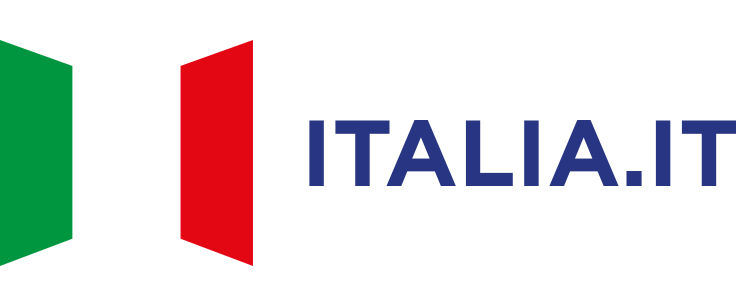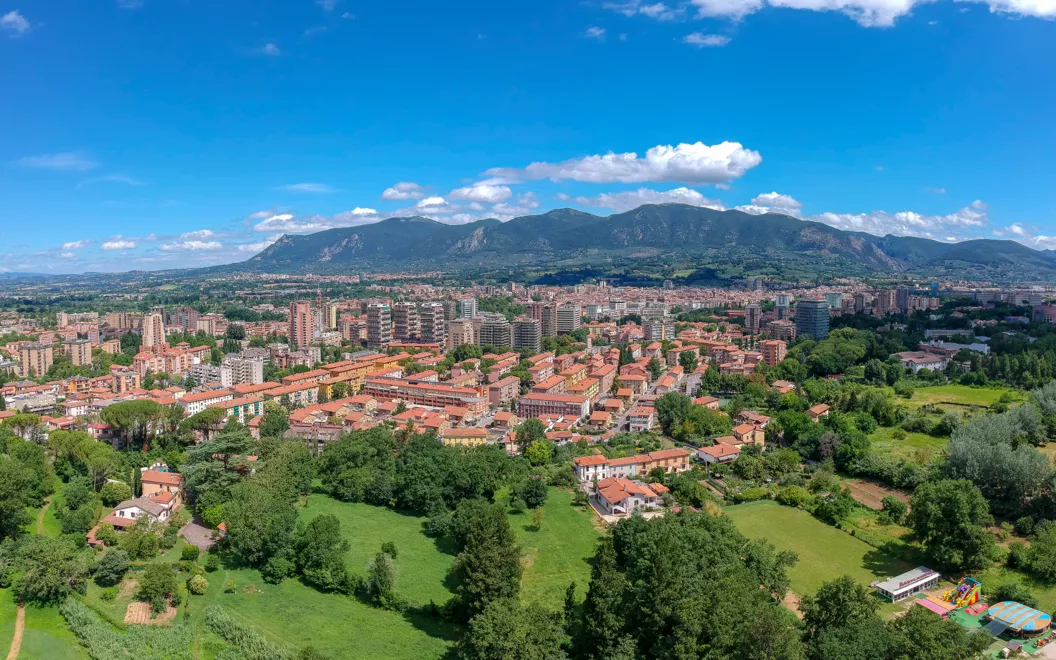Eighth stage of the Giro d'Italia 2023: from Terni to Fossombrone
3 minutes
Here we are in Terni, for one of the longest sections of the Giro d'Italia 2023, covering 207 kilometres and an altitude difference of 2,500 metres. The city, also known as the 'City of Steel' or 'Italian Manchester' due to its numerous steelworks, is crossed by the Nera River and the Serra stream and lies in a basin surrounded by verdant hills. Founded by the Umbrian-Sabin people in 672 BC, it was later conquered by the Romans, who made it an important municipality with the name of Interamna Nahars, land between two rivers. The remains of the Faustian Amphitheatre from the 1st century AD, close to the city walls, bear witness to that historical period.
Also to be visited are the thirteenth-century Church of San Francesco, with the majestic fresco of the Paradisi chapel depicting scenes from the Last Judgment, the Cathedral of Santa Maria Assunta (Terni Cathedral), an impressive building of primitive origins rebuilt in the seventeenth century to the design of Bernini, the various museums on the industrial history of the city, the obelisk of Arnaldo Pomodoro at the end of the Corso del Popolo, the Hyperion of Agapito Miniucchi in the Piazzale dell'Acciaio, and the mammoth monument of the Pressa in Piazza Dante Alighieri.
When talking about Terni, one cannot fail to mention the neighbouring Nera River Park, characterised by the extraordinary Marmore Falls, the highest artificial waterfall in Europe and among the highest in the world, with a total drop of 165m divided into three jumps. The creation of the Cascade dates back as far as 271 BC, while we owe the current layout to the Renaissance. The area offers footpaths for impressive excursions, including caving, thanks to the natural caves that open onto the cliff of the waterfall, as well as the possibility of rafting, canyoning, hydrospeed and kayaking.
The Terni area is also famous for a deep-rooted culinary tradition: the specialities to sample are genuine and delicious, always accompanied by the excellent oil produced in the area. You really must try the strangozzi - or ciriole -, which is fresh homemade pasta (usually seasoned with garlic, oil and chilli pepper or with mushrooms and local asparagus), and the Terni bread, which is renowned throughout Italy. There are also excellent local wines (in the province of Terni, there are five DOC wines of the region).
The Giro then passes through the nearby Spoleto, a town with a pulsating centre, where history and art can be found in every corner. But what immediately catches the eye is the splendid Rocca Albornoziana, an imposing fortress dominating the Sant'Elia hill, a place that offers magnificent views. Don't miss out on visiting the Cathedral, the Bridge of the Towers, the Roman Theatre, and the Archaeological Museum, as well as the many noble palaces, churches and squares.
Leaving Umbria, the racers in the Giro enter the Marche region for the final stage, heading towards Fossombrone, a charming village on the banks of the Metauro river, surrounded by history and nature.
The town, a Roman municipality in the 1st century BC, suffered conquests and devastation by the Goths, Byzantines, and Lombards, and was later donated to Pope Sylvester II by the Frankish king, Pepin the Short.
The historical centre contains buildings from the 1400s and 1500s, as well as Renaissance and 16th-17th century quarters. One of the first monuments to be found walking along the course is the Church of San Filippo Neri. Don't be fooled by the simple façade, because once you cross the threshold, the Baroque style of the interior will surprise you with its rich golden decorations and large white statues framing the apse.
Another symbol of Fossombrone is the Concorde Bridge over the Metauro River, which attracts visitors throughout the year. Its reflection, mirrored in the water, creates the optical illusion of a portal or an eye, framing a fairy-tale view. This is the starting point for excursions, on foot or by kayak, to the Marmitte dei Giganti. These are very high gorges with emerald river waters that, in some parts, form small waterfalls where visitors can swim.
The culinary culture of the area is predominantly rural in origin and is characterised by the products cultivated in the area bordering the river, which is flourishing with raw materials.
The stage podium
Chef Enrico Croatti's strangozzi alla norcina to savour Umbria and Marche
Norcina sauce is a typical condiment of the Umbrian culinary tradition, which can also be enjoyed in a more modern way thanks to the inclusion of its timeless ingredients.



